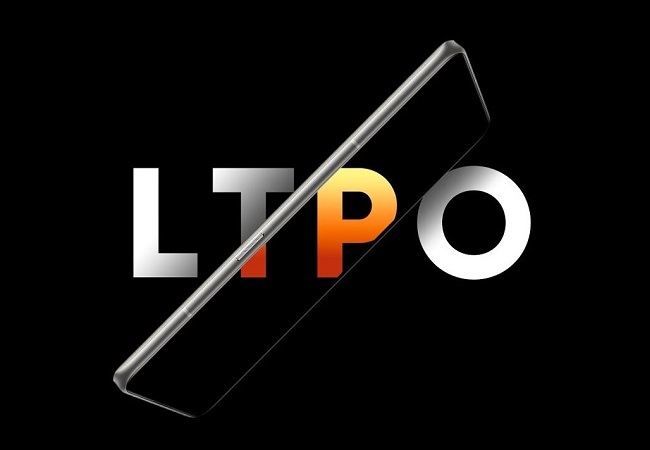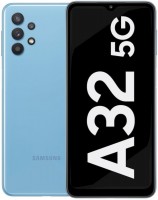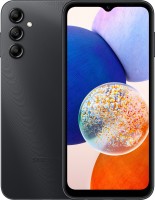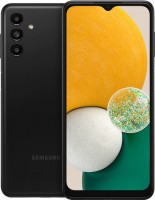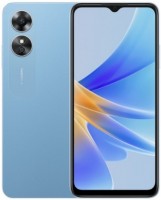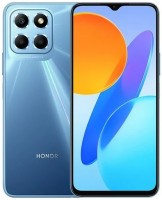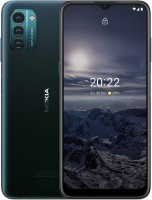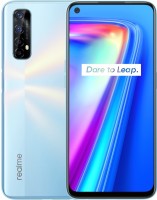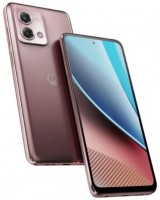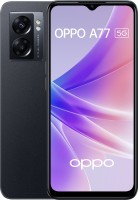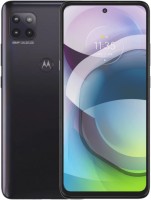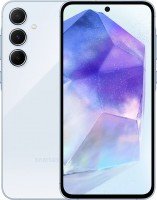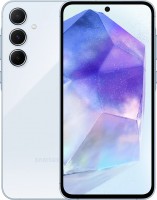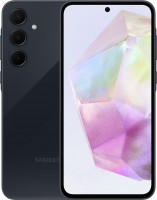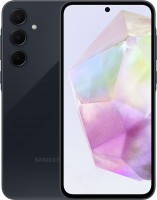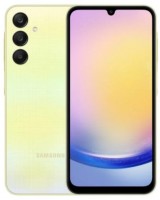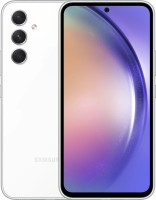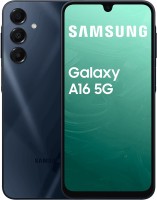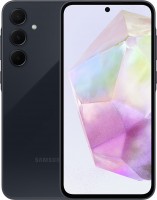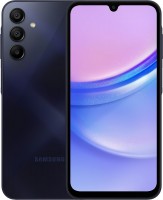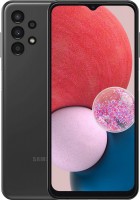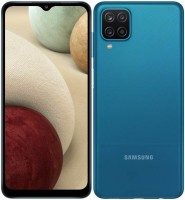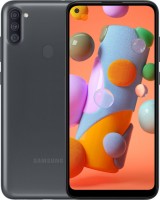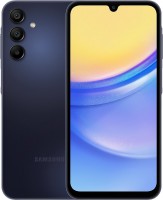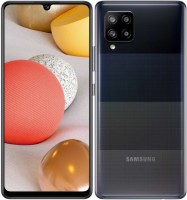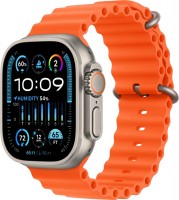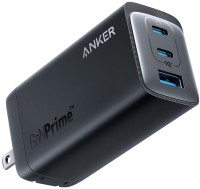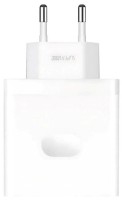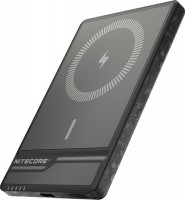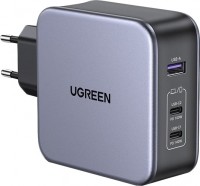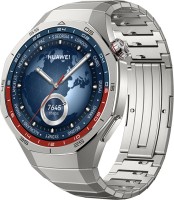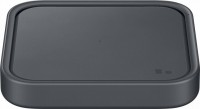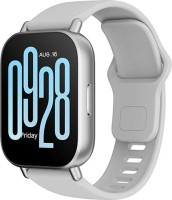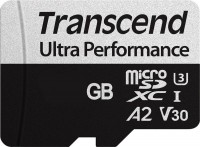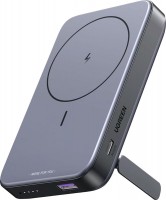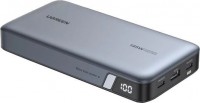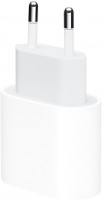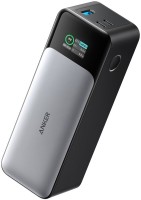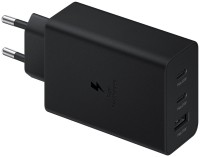Samsung Galaxy A13 New 64 GB / 4 GB
 | Outdated Product Moderately inexpensive smartphone released a few months after the announcement of the original A13 model. The device in question differs from it in a different processor – instead of the homegrown Exynos 850, an “octa-core” MediaTek Helio G80 is installed here. In terms of memory, the smartphone has 4 GB of RAM and 64 GB of internal storage with the possibility of expanding capacity using a microSD card (up to 1 TB inclusive). The front side of the Samsung Galaxy A13 New 64GB case is occupied by a 6.6-inch PLS screen with an Infinity-V style cutout for the needs of an 8 MP selfie camera lens. From the rear, the model is equipped with a main quad camera consisting of a 50 MP main sensor, 5 MP ultra-wide, 2 MP macro module and 2 MP sensor for blurring the background. The owner of the smartph...one identifies by fingerprint, for which a fingerprint scanner is used in the side power button. The device was "chip" with an NFC module, and an energy-intensive 5000 mAh battery is responsible for the autonomous operation of the device. The battery is charged through the contact group of the symmetrical USB C connector with a slightly accelerated power of 15 watts. |
Moderately inexpensive smartphone released a few months after the announcement of the original A13 model. The device in question differs from it in a different processor – instead of the homegrown Exynos 850, an “octa-core” MediaTek Helio G80 is installed here. In terms of memory, the smartphone has 4 GB of RAM and 64 GB of internal storage with the possibility of expanding capacity using a microSD card (up to 1 TB inclusive).
The front side of the Samsung Galaxy A13 New 64GB case is occupied by a 6.6-inch PLS screen with an Infinity-V style cutout for the needs of an 8 MP selfie camera lens. From the rear, the model is equipped with a main quad camera consisting of a 50 MP main sensor, 5 MP ultra-wide, 2 MP macro module and 2 MP sensor for blurring the background. The owner of the smartphone identifies by fingerprint, for which a fingerprint scanner is used in the side power button. The device was "chip" with an NFC module, and an energy-intensive 5000 mAh battery is responsible for the autonomous operation of the device. The battery is charged through the contact group of the symmetrical USB C connector with a slightly accelerated power of 15 watts.
|
| ||||||||||||||||||||||||||||||||||||||||||||||||||||||||||||||||||||||||||||||||||||||||||||||||||||||||||||||||||||
Always clarify the specifications and configuration of the product with the online store manager before purchasing.
Catalog Samsung 2025 - new arrivals, bestsellers, and the most relevant models Samsung.
